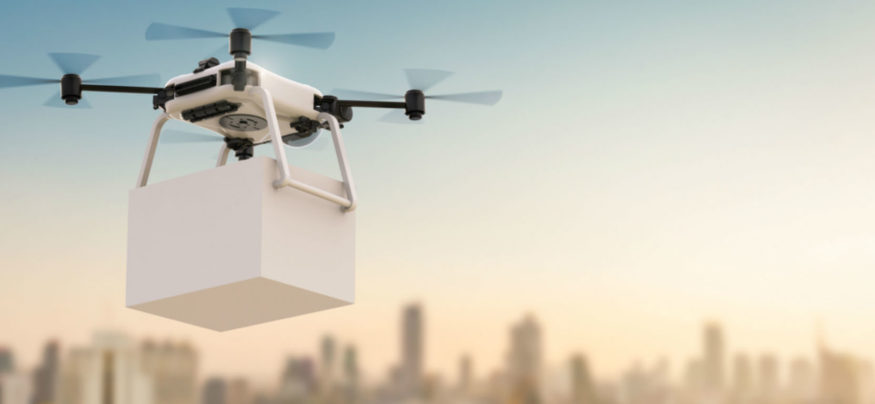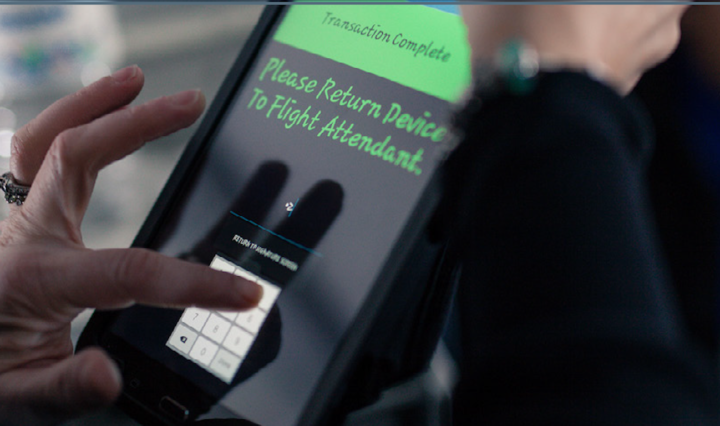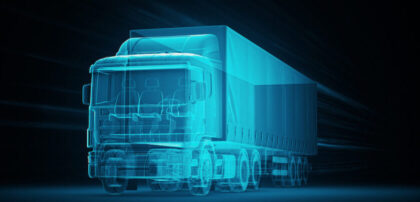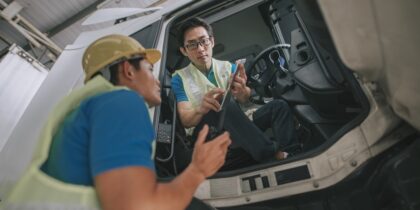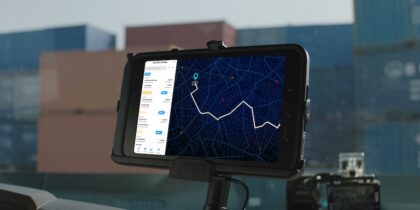Once the province of hobbyists, drones have quickly evolved to support commercial uses, such as aerial photography, agricultural management and package delivery. As drones are deployed in larger numbers, enterprise fleet management solutions could play a role in managing drone delivery services for businesses. Similarly, the insurance industry is adapting to make it easier for commercial drone operators to purchase insurance for their remotely piloted aircraft.
In recognition of increasing commercial use, Global Aerospace, an international aviation and aerospace insurance provider, launched an online portal that provides streamlined access to drone insurance products and services. Designed to remove friction from the insurance process, the portal allows drone operators to purchase insurance policies online. Policy options include coverage for payload and ground equipment as well as invasion of privacy risks.
Insurance for commercial drones, along with the growing array of cameras, sensors and falling prices, is just one of the factors accelerating the lightning fast adoption of unmanned aircraft systems in many industries.
Testing Drone Delivery Services
The first legal drone delivery in the U.S. occurred in July 2015, when a Flirtey autonomous drone transported medicine from an airport to a nearby fairground in Wise, Virginia to show how drones could improve healthcare in rural areas. Today, Amazon, UPS and Google are just a few examples of major companies that are testing drone delivery systems. Amazon Prime recently tested autonomous drone deliveries in England, with the goal of making deliveries of products of 5 lbs. or less within 30 minutes. In February 2017, UPS completed a test using a delivery truck as a mobile base, with the drone completing the package delivery on it own and returning to the truck to recharge its batteries.
Tablets Are Taking Flight
Learn how one airline is using tablets to boost in-flight sales. Download Now
While it may seem like techno-overkill to some, it’s efficiency that’s driving UPS’s drone development and integration with enterprise fleet management. The company says that saving just one mile from each of the routes that the 66,000 drivers follow every day would add $50 million to the bottom line, so using drones for deliveries could reduce the miles that each truck travels.
Simplifying Enterprise Fleet Management
One of the key technologies enabling drone delivery is the tracking system that maintains contact with the aircraft, which can automatically return the drone to a specific point, such as the launch area, at the touch of a button or a loss of communication with the base. The tracking systems also assist recovery if the drone is lost or damaged.
Drone startup Matternet has partnered with Mercedes to develop a networked cargo van that integrates two drones into the roof. The drone and the van function as a system, with the van’s routing software integrating with the drone’s routing system for fully automated aerial logistics. The cloud-based route planning system includes monitoring and analytics, the first steps toward an enterprise fleet management solution for the sky.
Like self-driving cars, autonomous drone delivery seems like science fiction, until suddenly it’s available. If the package delivery companies have their way, some day there may be fleets of trucks with swarms of drones delivering packages to homes and businesses as they cruise slowly through a neighborhood. As the regulatory environment evolves, enterprise fleet management solutions that track drones and trucks will be developed to manage both assets for more efficient delivery and new levels of customer service.
Drones aren’t the only new technology being used to boost supply chain efficiency. Learn what other automation trends companies are employing in warehouses.
